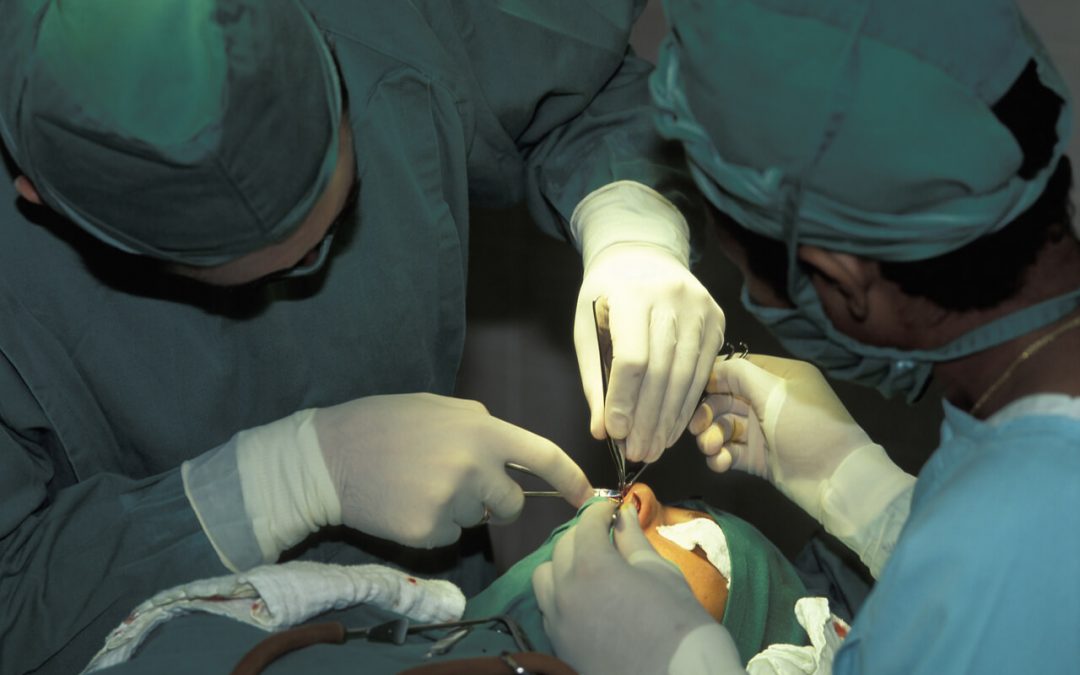Many people nowadays experience difficulty breathing through their nose due to various reasons. One of the most common causes of having a nasal obstruction is the presence of large inferior nasal turbinates along the nasal cavity. Inferior turbinate reduction, often called turbinate surgery is typically done to reduce the size of turbinates, improving the nasal airflow.
What are Turbinates?
Turbinates, also known as nasal conchae, are a structurally small network of vessels, bones, and tissues that can be found within the nasal passageways. It is used to humidify and cleanse the air that passes through the nostrils. The structure gets inflamed and swollen due to irritation, infections, or most commonly due to allergies. When one of these happens, nasal obstruction is formed causing and an excessive amount of mucous within the nasal cavity.
Aside from congestion, an enlarged inferior turbinate can cause snoring, difficulty in sleeping, and occasional nosebleeds. It often results in drying of the mucous membrane that lines the nose, thus affecting and decreasing the sense of smell.
Inferior Turbinate Reduction
An inferior turbinate reduction is a surgery that is typically performed to reduce nasal obstruction. It is usually performed by inserting a needle-like instrument through the nostrils on the specific area that requires turbinate reduction. Its main goal is to improve airflow through the nose and promote nasal breathing.
Oftentimes, the turbinate reduction is performed under general or local anaesthesia, and typically takes less than an hour.
What Should I Expect Throughout the Surgery?
Pre-operative Evaluation
Before the inferior turbinate reduction surgery begins, your surgeon will evaluate the airflow within your nasal cavity with the use of specialised nasal instruments. He or she will then walk you through the step-by-step procedure and how to go about the surgery. You will be placed under general or local anaesthesia so that you will feel no pain throughout the process.
Surgery
The ENT surgeon will perform the surgery and may take as fast as 20-30 minutes. However, if the nasal obstruction is more severe, it can be longer than expected. You can ask your surgeon about the surgery period to let you have the idea of how much time to expect.
Recovery Process
There should be no pain during the recovery process, and no changes on the external structure of your nose. There should also be no worries about long-term side effects. Olfactory perception will be improved because mucous membranes will regain the normal moisture and nasal cavity will not have any obstructions.
Nasal Splints
To help with the healing process, your doctor may place small plastic splints after the surgery if needed. It is used to provide better long-term results and are usually left in place for a week to avoid infections and complications. However, you may experience some discomfort and swelling during these times, but this is only temporary.
Medicatio
Your doctor may prescribe medications that can help control pain and aid with the healing process. These medications are taken only as needed and can be skipped if you are not feeling any pain at all.
Bleeding
You may also experience minor nose bleeding. This is normal and is caused by nasal drainage. Your doctor will advise you to dab your nose gently with soft materials like cotton and tissue. It is best to avoid blowing your nose as it may lead to worsening your condition.
Saline Sprays
 To ease the temporary build-up of obstruction and blood clot, nasal saline sprays are often recommended. You may use this in lieu of cotton and tissue pads for an easier cleansing of your inner nose. The saline sprays are essential in washing away all unnecessary crusts as well as dried-up blood to regain normal airflow. It can also speed up the healing time by keeping your nasal passages moist.
To ease the temporary build-up of obstruction and blood clot, nasal saline sprays are often recommended. You may use this in lieu of cotton and tissue pads for an easier cleansing of your inner nose. The saline sprays are essential in washing away all unnecessary crusts as well as dried-up blood to regain normal airflow. It can also speed up the healing time by keeping your nasal passages moist.
Physical Activity
Your doctor will advise you to minimise physical activities as much as possible. Strenuous exercises and movements can complicate the recovery and can increase swelling or cause bleeding. However, spending more time in bed should also be avoided as it may increase the risk of blood clots and pneumonia. You should resume your normal day-to-day activities without doing heavy movements.
Follow-up Appointment
Your doctor will surely require follow-up appointment in order to evaluate your progress. During this time, you will be checked for any scarring or any unusual growth within your nasal cavity. The previous nasal obstructions are also assessed if it is successfully reduced.
Do I Need Turbinate Surgery?
If you have difficulty in breathing and feel like you have an obstruction on your nasal cavity, it is best to see a doctor to get you evaluated. It requires pre-consultation and initial evaluation to check the size of your inferior nasal turbinate. Should your doctor confirm that you have an enlarged turbinate, only then can you seek a turbinate surgery. Book for your initial consultation now.


Recent Comments